To provide the best experiences, we use technologies like cookies to store and/or access device information. Consenting to these technologies will allow us to process data such as browsing behaviour or unique IDs on this site. Not consenting or withdrawing consent, may adversely affect certain features and functions.
The technical storage or access is strictly necessary for the legitimate purpose of enabling the use of a specific service explicitly requested by the subscriber or user, or for the sole purpose of carrying out the transmission of a communication over an electronic communications network.
The technical storage or access is necessary for the legitimate purpose of storing preferences that are not requested by the subscriber or user.
The technical storage or access that is used exclusively for statistical purposes.
The technical storage or access that is used exclusively for anonymous statistical purposes. Without a subpoena, voluntary compliance on the part of your Internet Service Provider, or additional records from a third party, information stored or retrieved for this purpose alone cannot usually be used to identify you.
The technical storage or access is required to create user profiles to send advertising, or to track the user on a website or across several websites for similar marketing purposes.
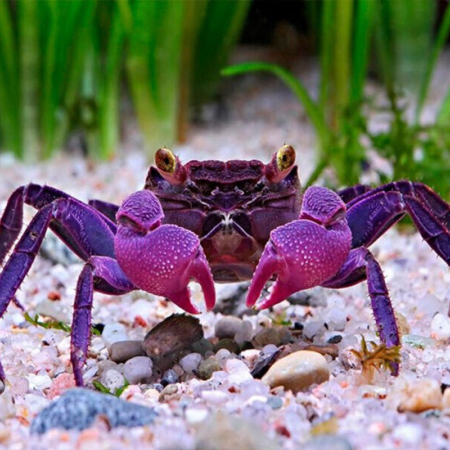

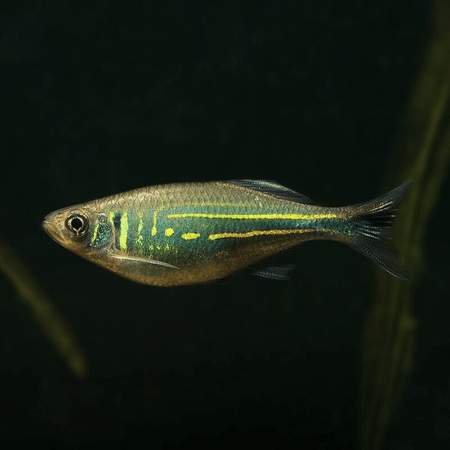

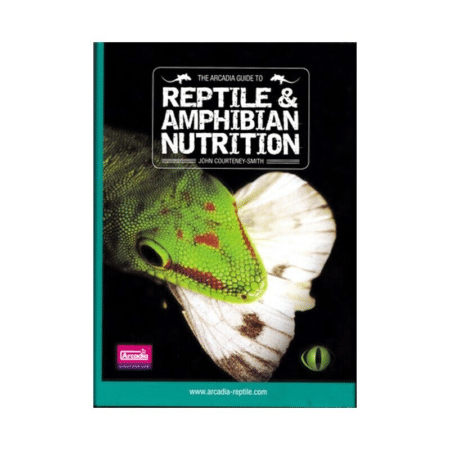

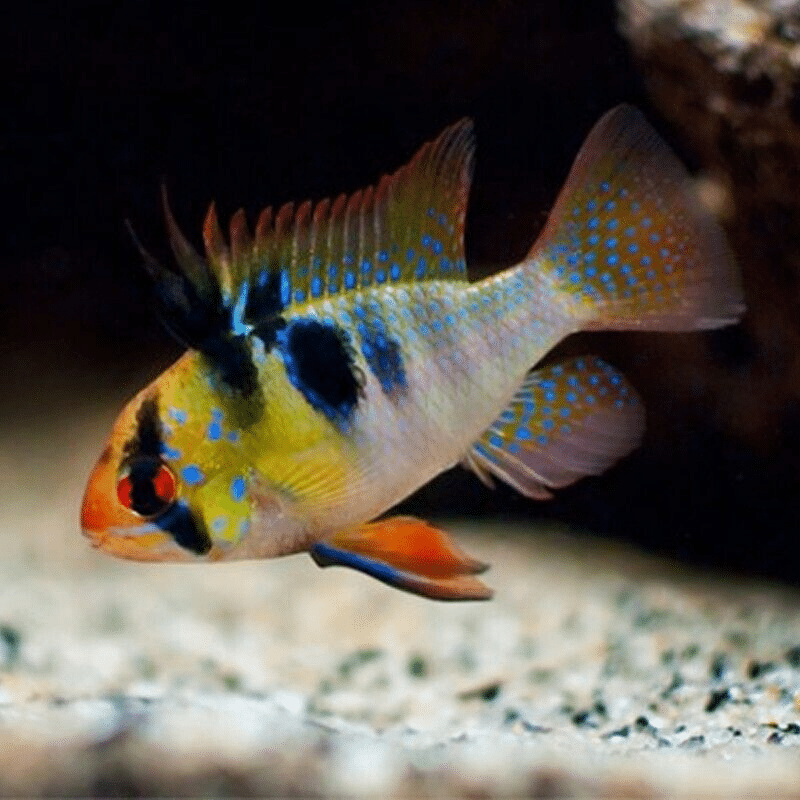
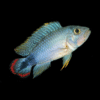
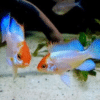

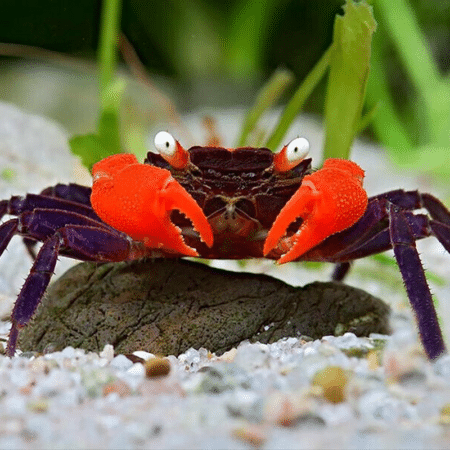
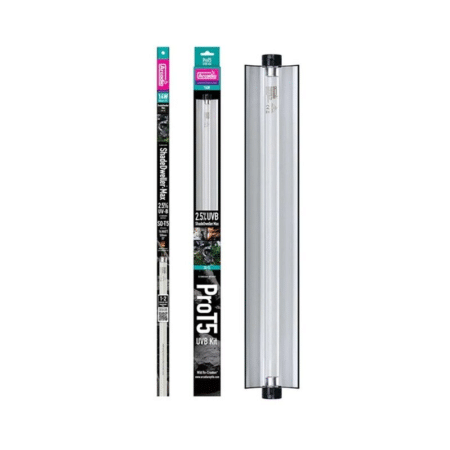
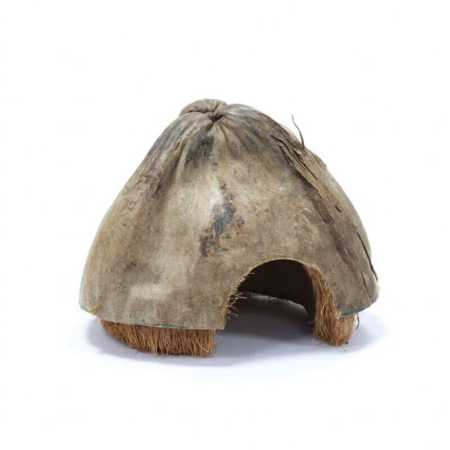
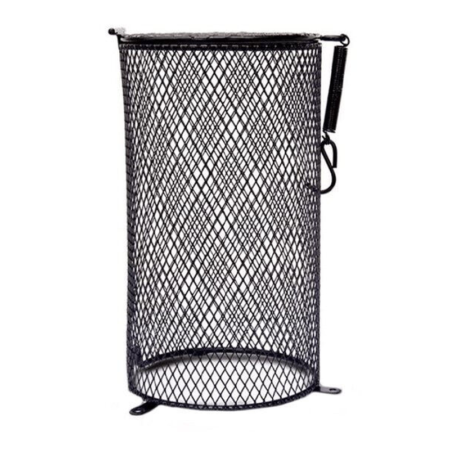
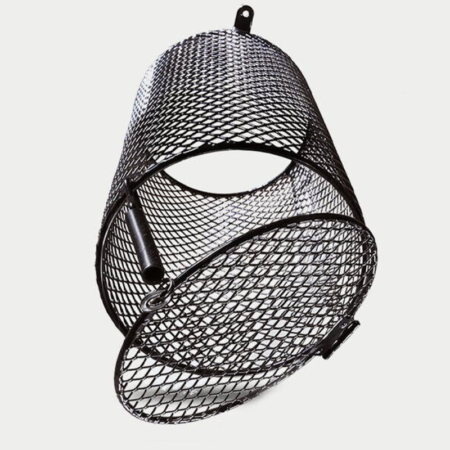



Emily Roberts (verified owner) –
I recently purchased a pair of Mikrogeophagus Ramirezi (Ram Dwarf Cichlid) and I couldn’t be happier with them! These little beauties arrived just a week ago, and they have already added so much life to my 20-gallon planted tank. Their vibrant colors and playful personalities have captured my heart. I love watching them explore the lush aquarium plants, darting in and out of hiding spots.
What I appreciate most about these dwarf cichlids is their gentle nature compared to some other cichlid species I’ve kept in the past. They seem to thrive in a well-planted environment, which helps them feel secure and happy. Just be sure to provide plenty of hiding spots and some space to swim!
After just a few days, I noticed them interacting with each other, establishing their little territory. It’s been a joy to see their bond develop. My only minor concern is that they can be a bit timid during feeding time, so I make sure to sprinkle in some high-quality flakes and frozen foods to entice them.
I highly recommend this pair for anyone looking to enhance their aquarium with stunning color and character. They’re perfect for both beginner and seasoned aquarists who are committed to creating a thriving environment for their fish. I’m looking forward to many more months of enjoyment with my Rams!